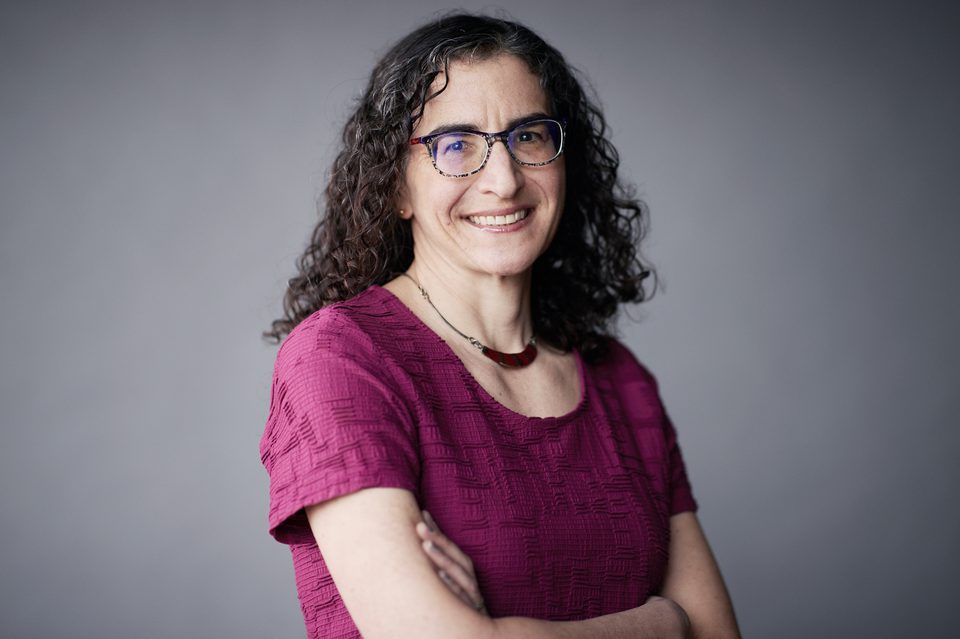Dr. Judith Yanowitz: Understanding the Environment’s Impact on Health

Big world, small cell: Understanding how the environment impacts health, right down to the chromosome
It’s incredibly scary to realize that our germ cells are that sensitive to these exposures. But it’s more scary to think that we may have exposures today that aren’t impacting the fertility of our sons and daughters, but rather impacting our grandchildren’s ability to have children.
Dr. Judith Yanowitz
Even as she explores how division in reproductive cells impacts the future of a pregnancy, Dr. Judith Yanowitz also has her sights set on a bigger picture: the environment.
Yanowitz, a molecular biologist and geneticist, studies meiosis — or the specialized cell division process that leads to the creation of eggs and sperm. The environment has a significant impact on whether that happens correctly, and whether the immature reproductive cells develop well.
“We don’t know what’s in our environment that’s causing a problem, but what we do know is that more and more families are coming into the clinic with reproductive problems,” Yanowitz explains.
She suggests that a sharp increase in the use of plastics, which began about 50 years ago, could be contributing to reproductive errors through issues such as leeching BPA, and points to research that shows such problems in mice.
“We know that we are seeing drops in sperm count. And I think the real next challenge is: what are the components environmentally that are impacting germ cell development, and how do we identify them,” Yanowitz says.
Similarly, a baby girl’s immature egg cells, or oocytes, are developed while she is still in the womb. If her mother is exposed to an environmental toxin, such as ethanol, there could be defects in meiosis, leading to long-term health effects for the baby and for babies produced from the oocytes she was developing.
“It’s incredibly scary to realize that our germ cells are that sensitive to these exposures,” she says. “But it’s more scary to think that we may have exposures today that aren’t impacting the fertility of our sons and daughters, but rather impacting our grandchildren’s ability to have children.”
Yanowitz hopes that by creating models that help scientists better understand the impact of environmental toxins, she might be able to inspire collaborations that could lead to better advocacy and science-based regulations.
“We’re just sterilizing ourselves,” she says. “At some point you can throw up your hands and say, ‘It is what it is and I’m going to live for today,’ or you can understand this process.”
Be the First to Know
Get the latest research, news, events, and more delivered to your inbox.